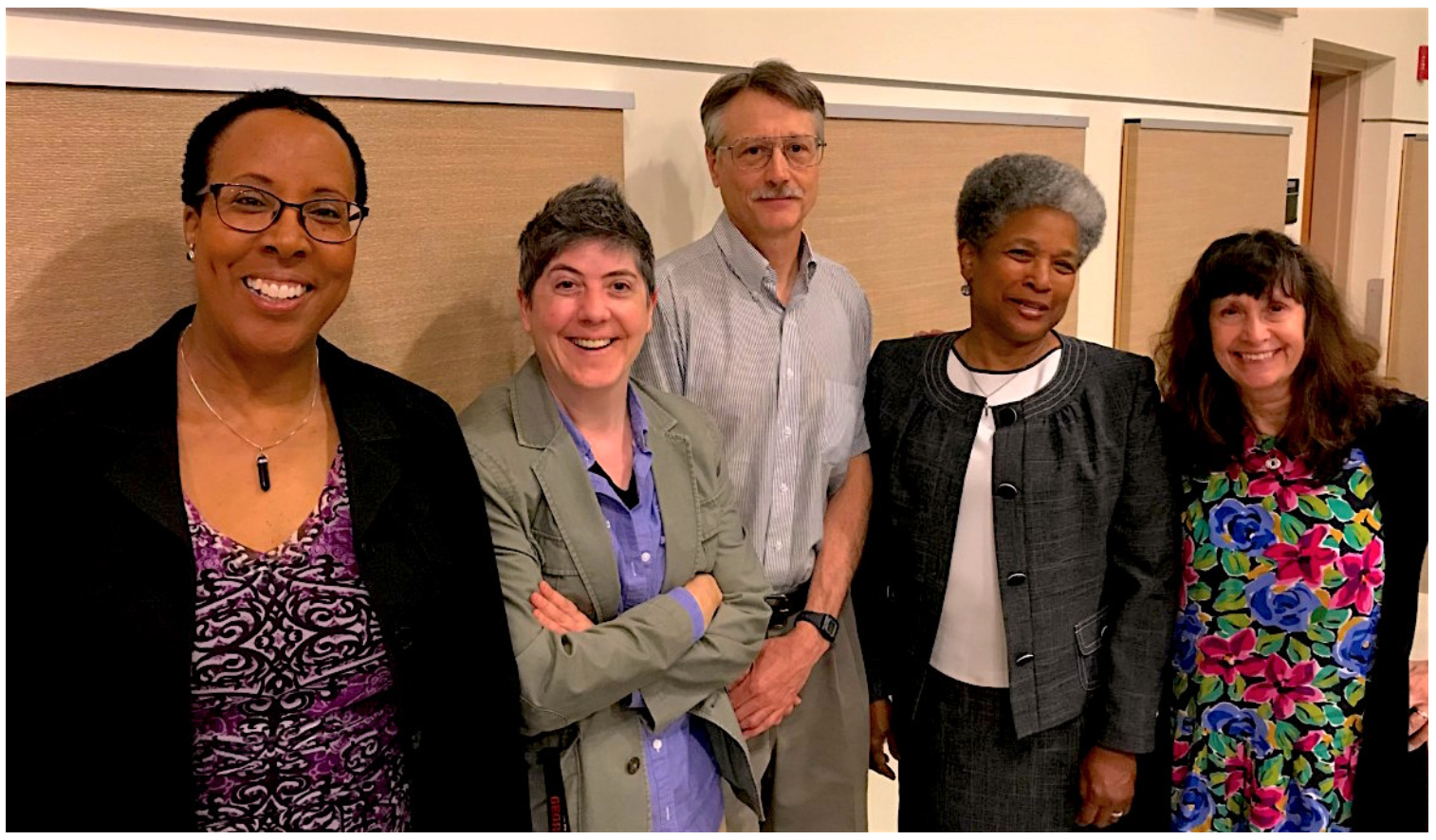1.1: How To Use This Book
- Page ID
- 28052
Introduction
Dear Professors,
Welcome to Successful College Composition, Edition 2 (SCC). We hope that you can use this book in a variety of ways in your composition classrooms. This edition is different from the previous edition: it is now a web-based book and adapted to the Brightspace D2L Learning Management System (iCollege for GSU), and this instructor’s manual is new.
How to use this book
Rather than being a book with one “track” to follow throughout, SCC provides a variety of possible approaches to follow while teaching your classes in the way you see fit. Its most popular use by professors is as a reference book (where students don’t read it in its entirety) that professors use to teach specific composition principles or content, regardless of your section's theme.
You can have your students move successively through Chapter 3 (Rhetorical Modes of Writing) and into the research project (Chapter 4), or you can emphasize other kinds of writing (such as textual and rhetorical analysis, evaluation and assessment, and response essays) and work in the sections here that most fit your pedagogical vision.
You can import individual modules or pages into your own class LMS sites and you can change the modules and pages as you see fit, adding or editing language or exercises and activities. You have our permission and encouragement to modify, adapt, mix, and arrange!
Note: the interactive discussions are designed to be taken *within* the chapter and sections they appear in; looking at them as a separate "discussions" list will create confusion.
The Organization of this Edition
We kept most of the examples that were in the previous text, while updating a few and adding interactive discussion-based exercises throughout the chapters. Some of the exercises in the previous edition did not lend themselves well to this format, or were better as assignments, so we deleted a number of these or combined them with others.
Where we could provide links to resources outside the book instead of rewriting that section of the book, we did so.
Because many composition teachers change their assignments and the readings they base those assignments on from term to term, we felt that it would be less useful to include more example assignments--what we gained in specificity we would lose in flexibility.
Each chapter of the book comes with an Instructor’s Manual section that provides guidance and suggestions for using that section, as well as links. We hope that you find this useful in your courses!
Acknowledgements
This textbook and this manual were written, edited, and formatted by a committee of six people in SY 2018-2019: Lynne Bost, Barbara Hall, Michelle Kassorla, Karen McKinney-Holley, Kirk Swenson, and Rebecca Weaver (Managing Editor / Project Lead).
 Michelle Kassorla was the Formatting Lead for the conversion of the old PDF version to the html / modularized version.
Michelle Kassorla was the Formatting Lead for the conversion of the old PDF version to the html / modularized version.
Perimeter College's Center for Excellence in Teaching and Learning (CETL) created the non-modularized HTML version in Summer 2019.

Lynne Bost, Rebecca Weaver, Kirk Swenson, Karen McKinney-Holley, Barbara Hall.
The book and this manual therefore reflect a variety of tones, styles, and approaches. We believe this adds to the use-value of this book.
A note to GSU and Perimeter College Faculty on Supplementation of this Textbook
In our surveying of GSU faculty about this book, we received requests to provide supplemental materials such as sample papers, worksheets, and exercises. The textbook revision committee decided that, except for the exercises in Chapter 5 (the grammar and conventions chapter), most other supplements would go best in an online resource library in iCollege to which we invite all English professors to contribute (if you’re not part of the GSU system, we hope that your school has some kind of “resource bank” with examples and other help).
This resource library is being created by the English department and is a joint venture between chairs, the textbook committee, the Gateways to Completion committee, and CETL. Please feel encouraged to upload your assignment sheets, exercises, and sample papers.


